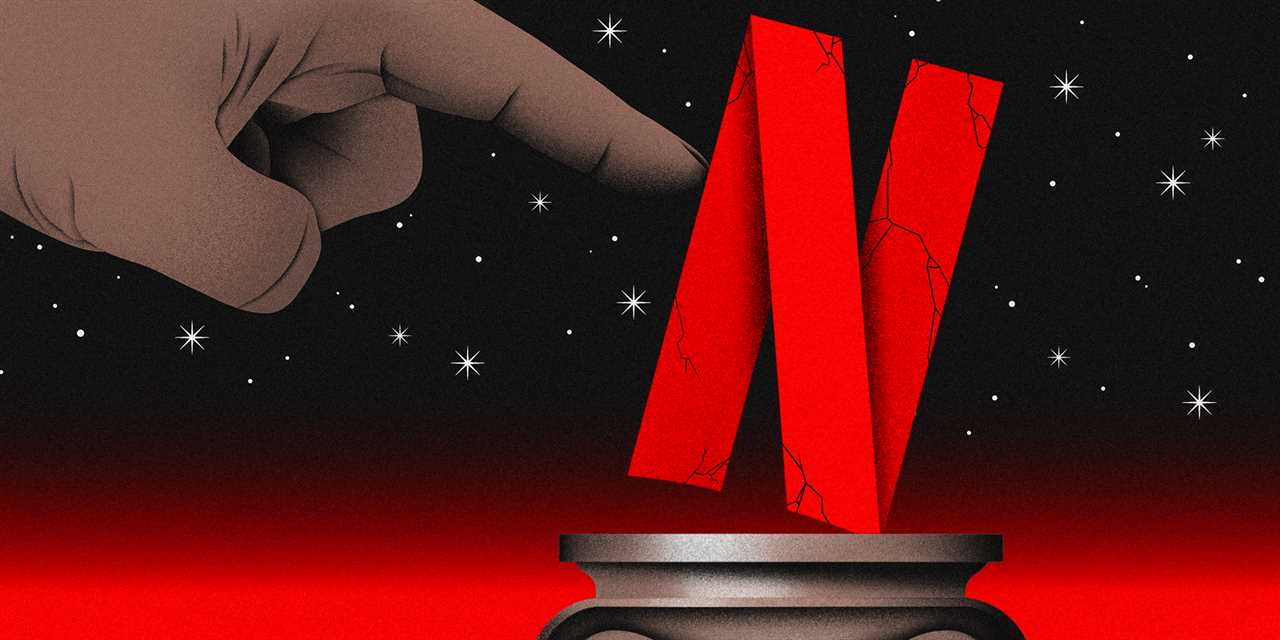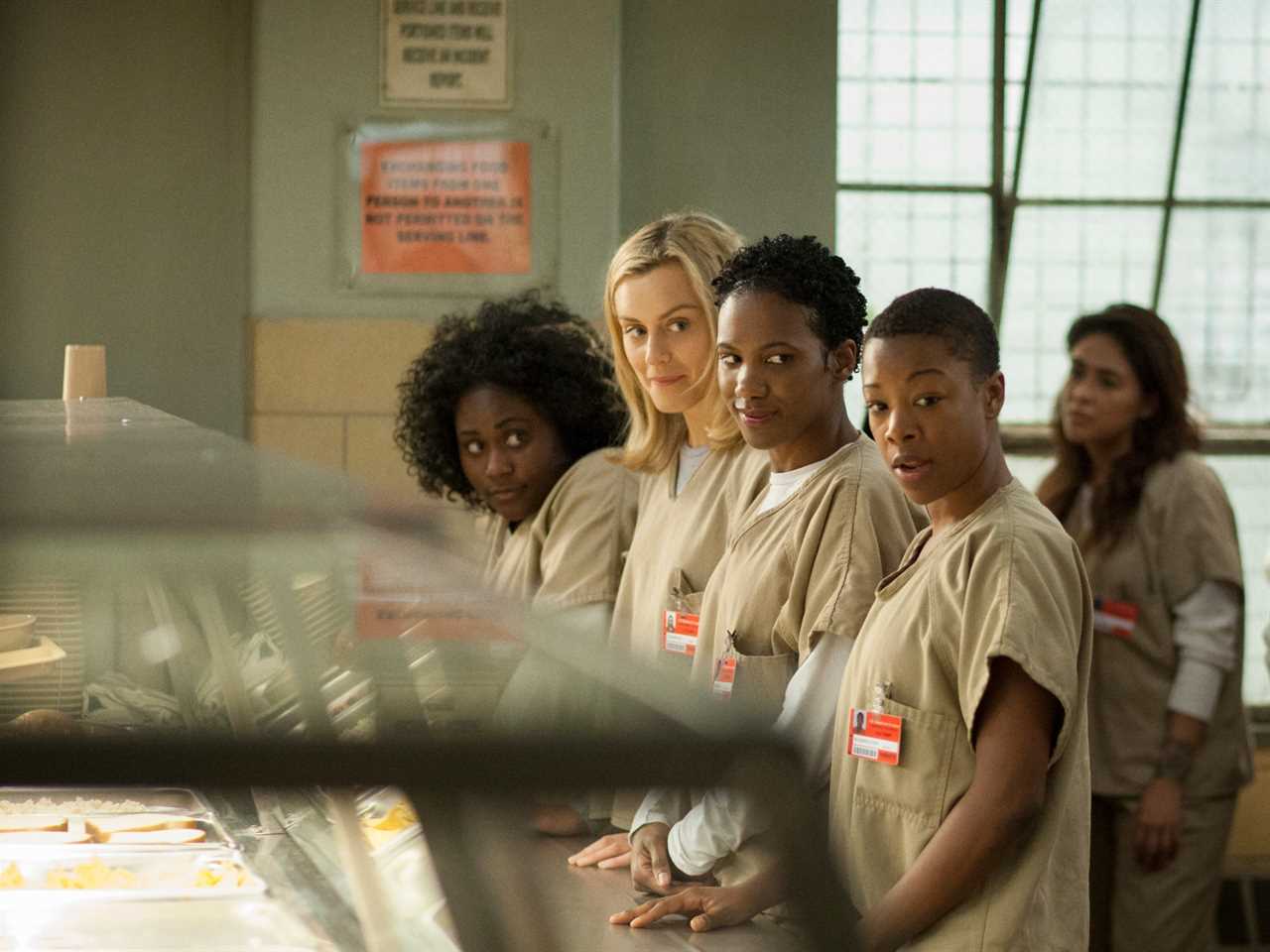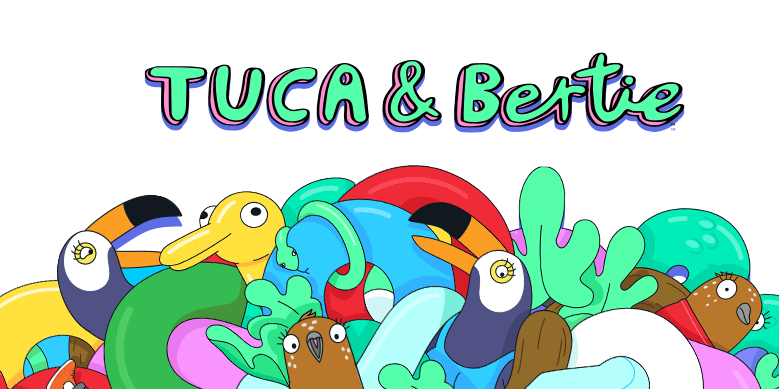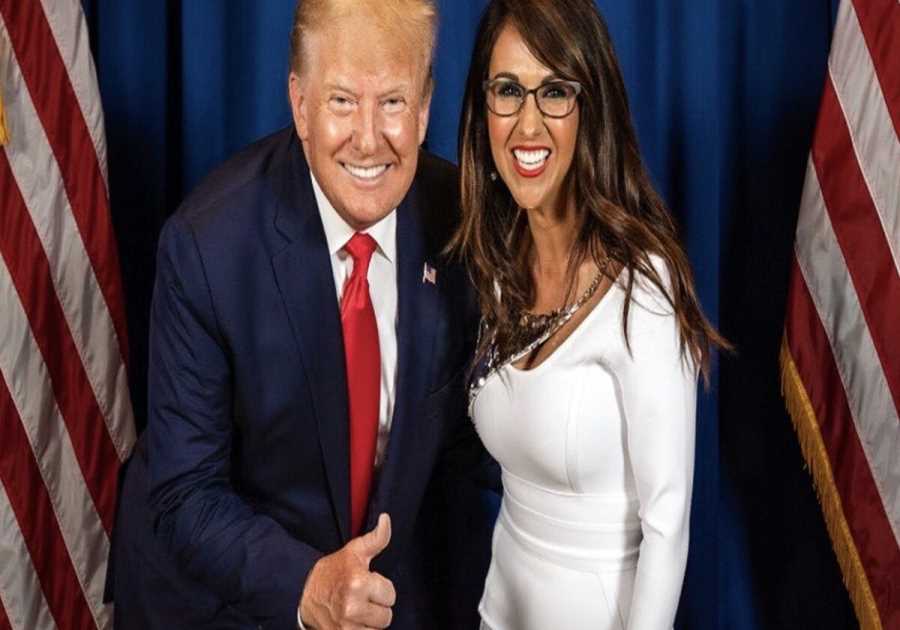
Tyler Le/Insider
When Netflix took off, we were promised an entertainment revolution: Vast libraries of compelling content would be available with just a few clicks, all for a small monthly fee. But scrolling through streaming services these days feels like cycling through a series of bland shows, half-assed reality TV, and hopelessly derivative movies until you either give in or give up because, despite the glut of titles, there's just nothing good to watch. After promising to upend the entrenched players, streaming services are starting to feel a lot like cable: surfing through tens or hundreds of channels only to declare, "There's nothing on!"
For the past decade, Netflix took advantage of persistently low interest rates and investors' desire for growth to fill its service with shows and movies for subscribers to binge. This massive spending spree upended the traditional media industry and forced the incumbent entertainment giants to chase the streaming model being pushed by Silicon Valley. This scramble for content not only led to a deluge of shows and new streaming services but also triggered a wave of mergers and consolidation. In the eyes of shareholders, the task was not to show a healthy profit but to grow subscriber numbers in a global bid to become as large as possible, with the assumption that the money would follow.
During the early part of the pandemic, it looked like the streaming-first future championed by Netflix was arriving even more quickly than predicted. Movie theaters were closed as cities locked down to slow the spread of COVID-19, and people turned to streaming to entertain themselves. But as pandemic measures were dropped, and the competition for subscriptions got tougher, the streaming pioneer's share price got hammered, hundreds of employees were laid off, and the company introduced ads to its platform for the first time. In recent months, there's been a general acknowledgement that the streaming model simply isn't delivering the same returns as the old model, in which a film or television show had many opportunities for additional rights sales and releases. As a result, Netflix and other streamers are retreating from any sort of creative risk in favor of humdrum, lowest-common-denominator shows. And now the "disrupted" film and television industry is starting to look the same as what it was trying to disrupt.
Streaming was once the cutting edge
The release of the political drama "House of Cards" on February 1, 2013, was one of the key moments that kicked off what was dubbed the "streaming wars." It was Netflix's signal to its Hollywood competitors and the public that it wasn't just a last resort for old programming — it was where you turned for bold, genre-defining bets you couldn't see anywhere else.

Netflix
The investments supported the narrative Netflix was selling: Streaming was a break from what existed before and would empower creators, while delivering better film and television for a rapidly growing global audience. It also pushed other companies to prove they could do the same. Amazon's award-winning "Transparent" series about a family whose older patriarch comes out as transgender is a notable example. Fueled by seemingly unlimited budgets and the myth of Silicon Valley exceptionalism, entertainment seemed to be changing for the better. But, as we now know, it wouldn't last forever.
The end of the 'golden age'
By 2019, it was already becoming clear that this vision of streaming was more public-relations spin than reality. As Netflix began canceling series, underrepresented creators disproportionately faced the ax, and there was a growing conflict between its public statements about diversity and its business decisions. The creators of "Tuca & Bertie," an adult animated series featuring a diverse cast and crew, criticized the opaque decision-making around Netflix's algorithmic recommendations. Observers alleged the company was purposefully not giving many of the shows from underrepresented creators prominent placement to ensure they had low viewership, especially as the company looked to cut costs. That August, the streaming analyst Eric Schiffer told The Verge that the "golden age" was over as competition increased, and Netflix was putting creators on a shorter leash.

Adult Swim
But just as Netflix was pulling back from its most creative content, the streaming wars were heating up. The longtime streaming competitors Amazon Prime Video, Hulu, and CBS All Access (now Paramount+) were stepping up their game. 2019 and 2020 saw the launches of major competitors: Disney+, Apple TV+, and NBC's Peacock. In 2020, Warner Bros. expanded its streaming platform with the launch of HBO Max, supplementing its HBO library with a raft of streaming-only shows. In a short span, options for consumers multiplied and companies that had previously been happy to sell off their catalog took their popular shows and movies back to fill out their own platforms. As the number of services grew, most viewers weren't willing to pay for them all, making competition for subscribers more intense than before.
As Schiffer's comments suggested, to compete in a tougher market, Netflix began to alter its approach to content. Instead of investing in the highest quality, it refocused on quantity to ensure there was always something new in the library to entice people to stay subscribed. The once pioneering company went from trying to replicate HBO to being more like the Hallmark Channel, churning out a bunch of content with lower budgets and of questionable quality, with pieces that seemed thrown together by its algorithms to appeal to particular demographics.
Netflix made an especially big move into reality television, with dating shows like "Love Is Blind" and "Sexy Beasts," alongside cooking-challenge programs like the meme-inspired "Is It Cake?" and "Nailed It!" Emulating basic-cable channels like TLC, Food Network, and the History Channel is attractive to Netflix brass because reality shows are much cheaper to make than scripted TV and fill out the catalogue, while attracting plenty of viewers. It's no surprise then that Netflix is looking for more. It wants to find its own take on a popular challenge show like "Survivor" and a version of "American Idol" — one of the most successful shows in American television history — designed to appeal to the "TikTok generation."
According to documents shared with Insider by Hollywood talent agencies earlier this year, Netflix is on the lookout for "big, broad stories that can be told on a budget." Sure, the streamer is still pouring billions of dollars into content, but it's not overwhelmingly targeted at expensive, groundbreaking ideas like in the past. Since it needs to fill out its content library, it's doubling down on cheap, mass-appeal shows that simply remake preexisting formats but with a big, red "N" slapped on them. Instead of pushing the envelope, it's looking for its own broadcast-style sitcoms to replace the holes left by licensed properties such as "The Big Bang Theory" and "The Office," which were taken back by rival media companies looking to fill out their own streaming services.
Ad-free no more
At the same time competition is draining the quality and consistency from Netflix and other streaming platforms, these media companies are facing a massive threat to the business model that allowed them to grow so rapidly. Throughout the 2010s, low interest rates meant it was cheap to take on debt to fuel expansion, and constantly rising stocks made it easier to sell the transition to streaming to shareholders. But as interest rates have risen, debt is more expensive and investors want to see profits now, instead of living off the promise of growth. There were already concerns among traditional media companies over abandoning the cash cow that was cable television for a medium that seemed to have far less revenue potential, but now that the exuberance of the pandemic has given way to a sobering economy, it is clear something has to change.

Netflix
Despite positioning itself for years as the ad-free way to watch TV, Netflix in October launched a lower-cost, ad-supported tier in many of its major markets. It wasn't the only one making these moves: HBO Max added an ad tier in June, and Disney+ followed in December, joining Paramount+, Peacock, and Hulu. Meanwhile, Amazon's Prime membership, Apple TV+, Disney+, and Hulu have all raised prices in 2022, while HBO Max is planning one for 2023 and Paramount+ may follow. As the cheap money disappears, we're starting to get a better picture of the actual price of streaming media. As it turns out, the business models look eerily similar to cable — that would hardly be a surprise if we'd paid attention to the history.
Thomas Streeter, a media and technology researcher, observed in 1997 that the rise of cable was supposed to usher in a "communications revolution" that would dislodge the broadcast oligopoly. Instead, it justified a wave of deregulation, and the oligopoly slightly recomposed itself, gobbling up cable channels to pad its existing offerings. Disney bought ABC, ESPN, and a suite of other channels, while CBS and NBC also expanded their reach into cable. And new entrants were eventually squeezed out by these dominant players or struggled for years to scrape out their own small lane.
Streaming has played out quite similarly: After an initial shock, companies are merging into even larger entities (such as the combination of Warner Bros. and Discovery), some tech companies joined the new oligopoly, and the promised revolution has been sidelined. There is some high-quality programming but also a lot of lower-quality work churned out to fill content libraries and appeal to broad audiences. Several entertainment giants are even pulling back on their streaming efforts: Warner Bros. Discovery is no longer embracing a "streaming-first" mindset, Disney brought back Bob Iger to reassess its streaming strategy, and Amazon plans to scale up its theatrical releases in the years to come.
After all the hype of the past decade and the endless good press heaped on Netflix, the tide has turned. Streaming isn't going away, but there will be more ads and higher prices, and we'll have to see what happens to content libraries. But the shift is looking far more like the products streaming was set to disrupt than the revolution it once promised.
Paris Marx is a tech writer and host of the Tech Won't Save Us podcast. They are the author of the book Road to Nowhere: What Silicon Valley Gets Wrong about the Future of Transportation.
Read More
By: [email protected] (Paris Marx)
Title: Netflix ushered in a grand streaming revolution. Now it's just copying cable TV.
Sourced From: www.businessinsider.com/why-streaming-tv-got-boring-netflix-hulu-hbo-max-cable-2022-12
Published Date: Thu, 15 Dec 2022 12:03:00 +0000
.png)





